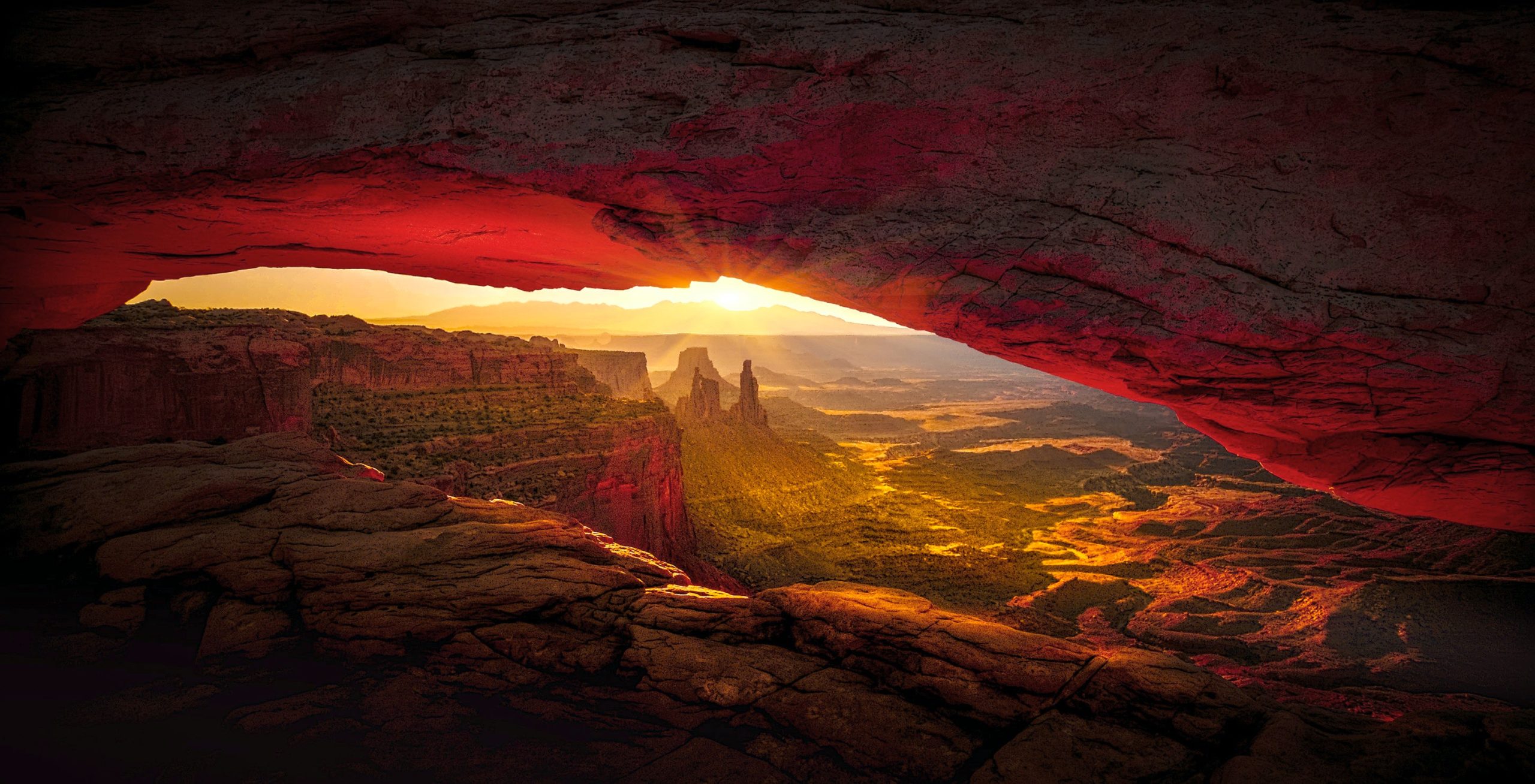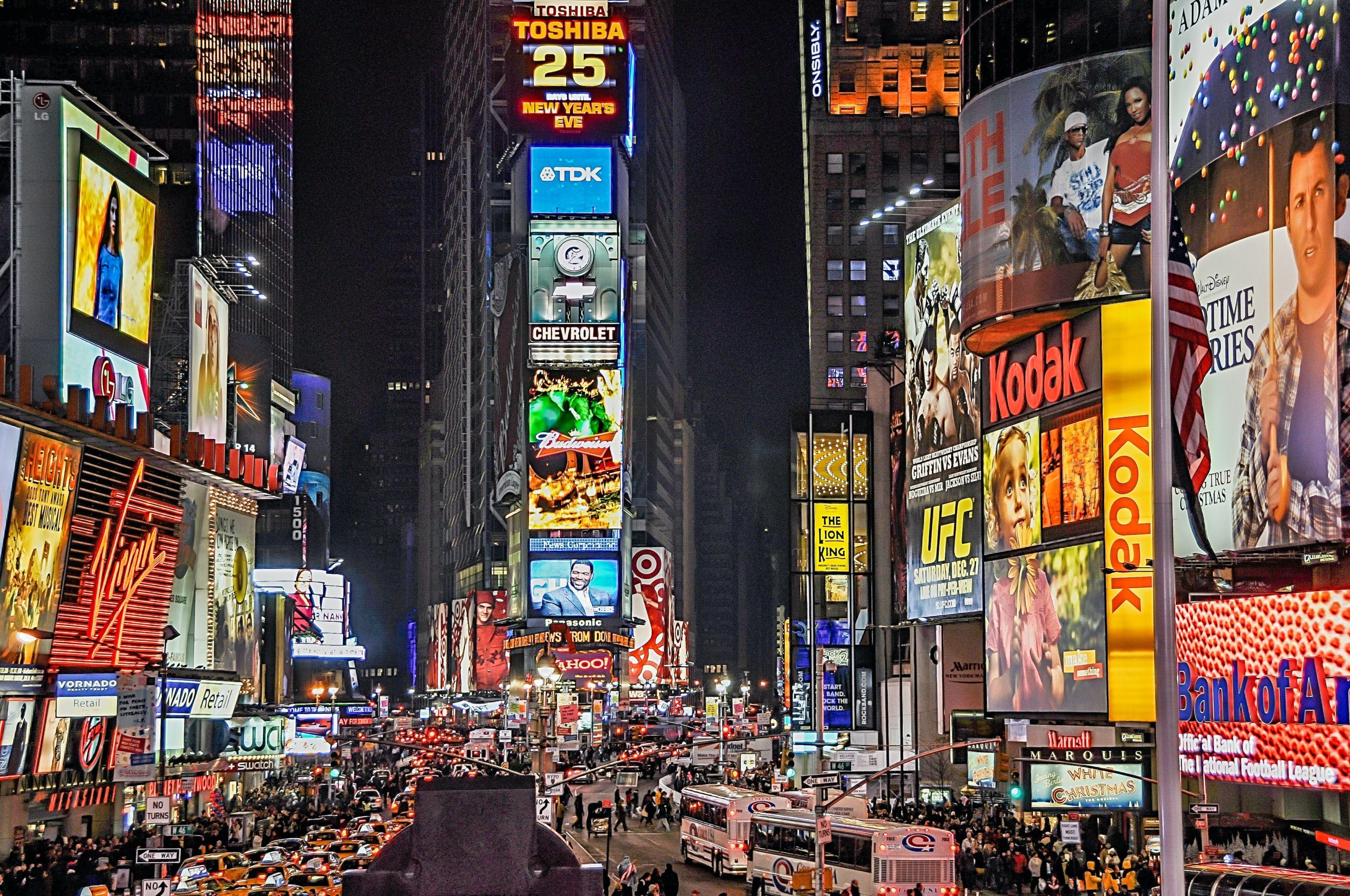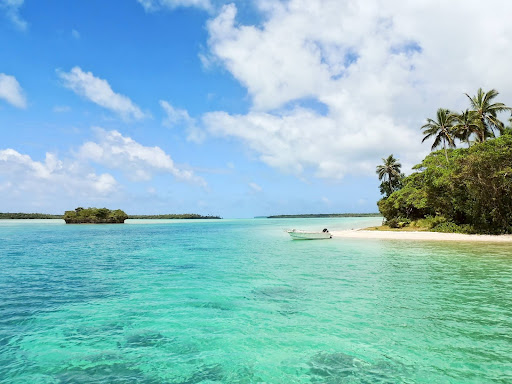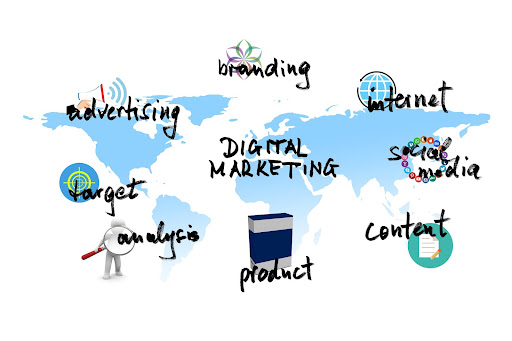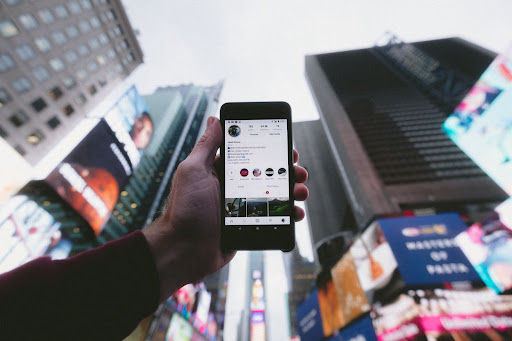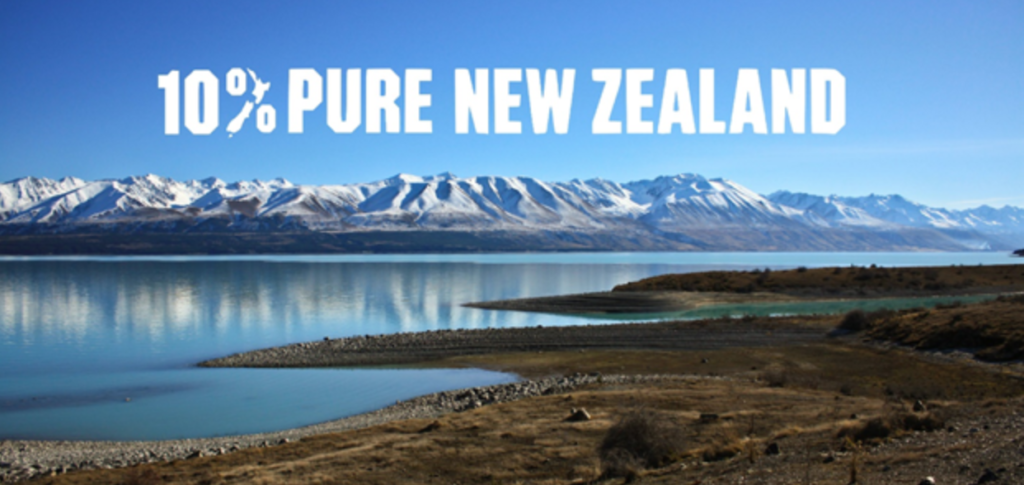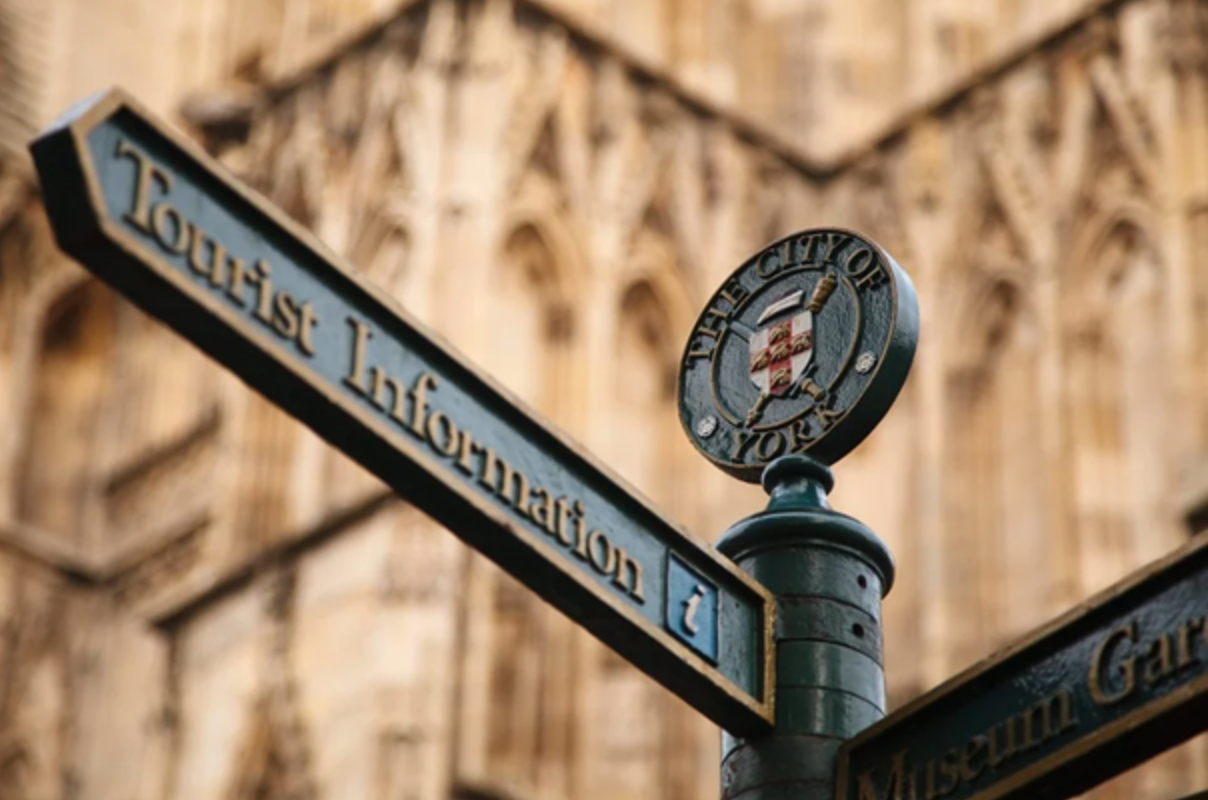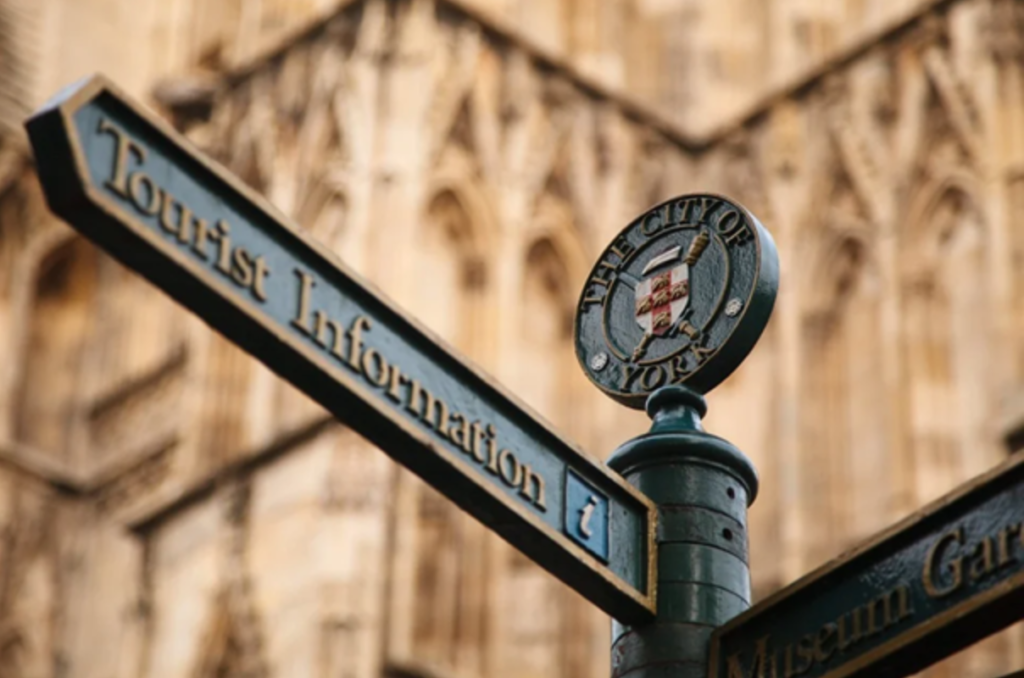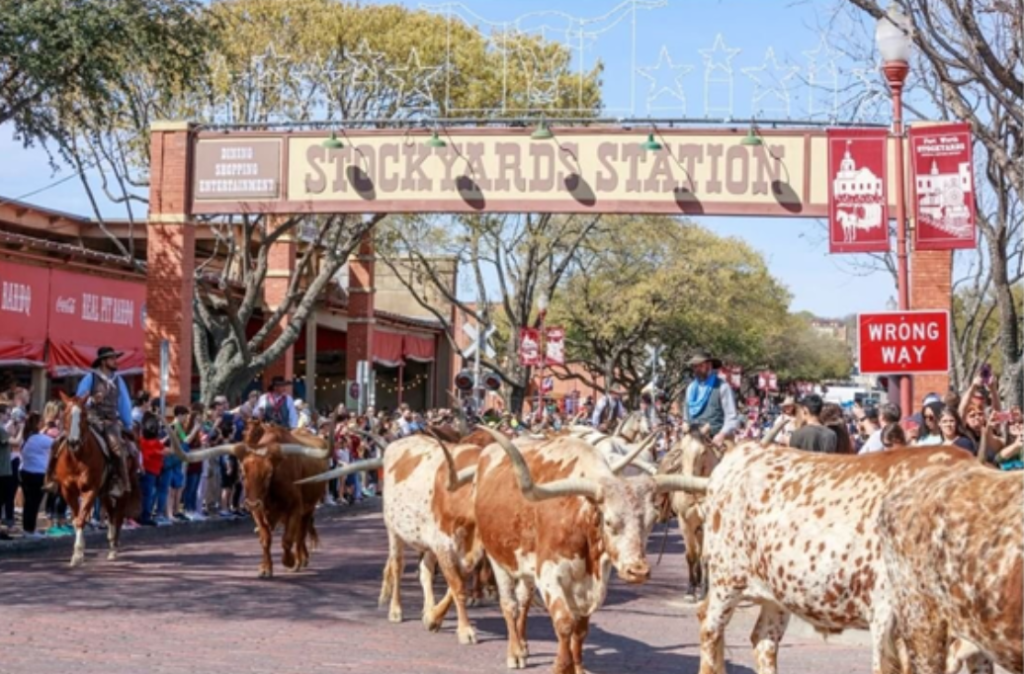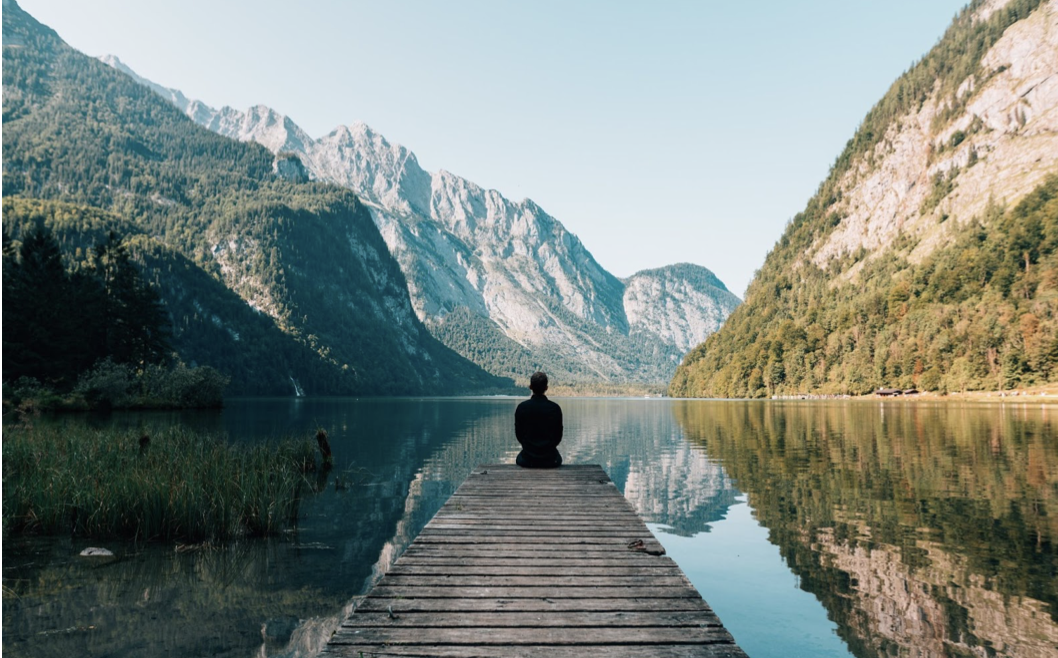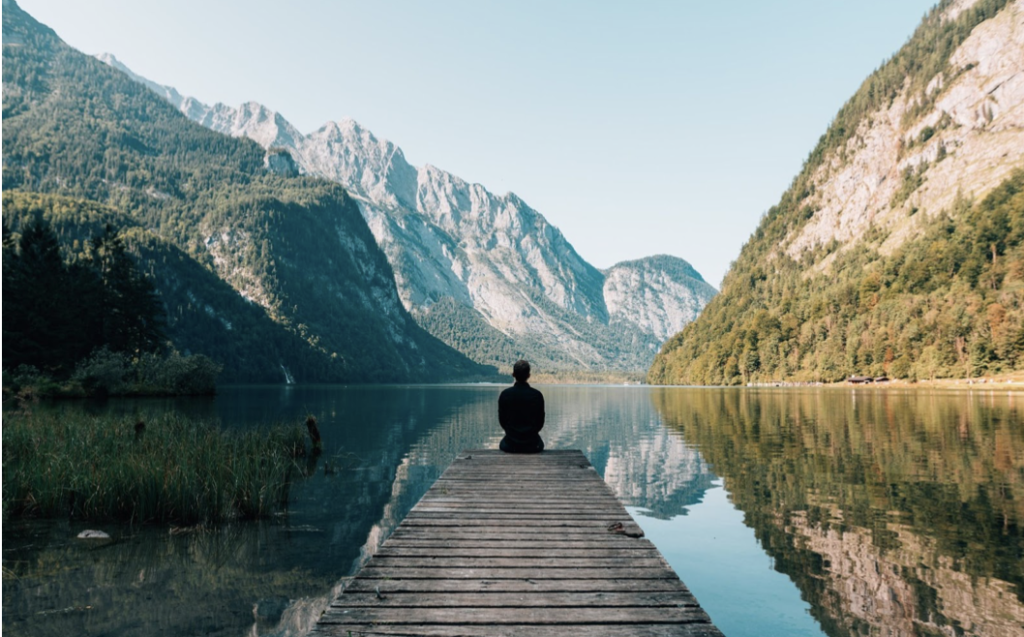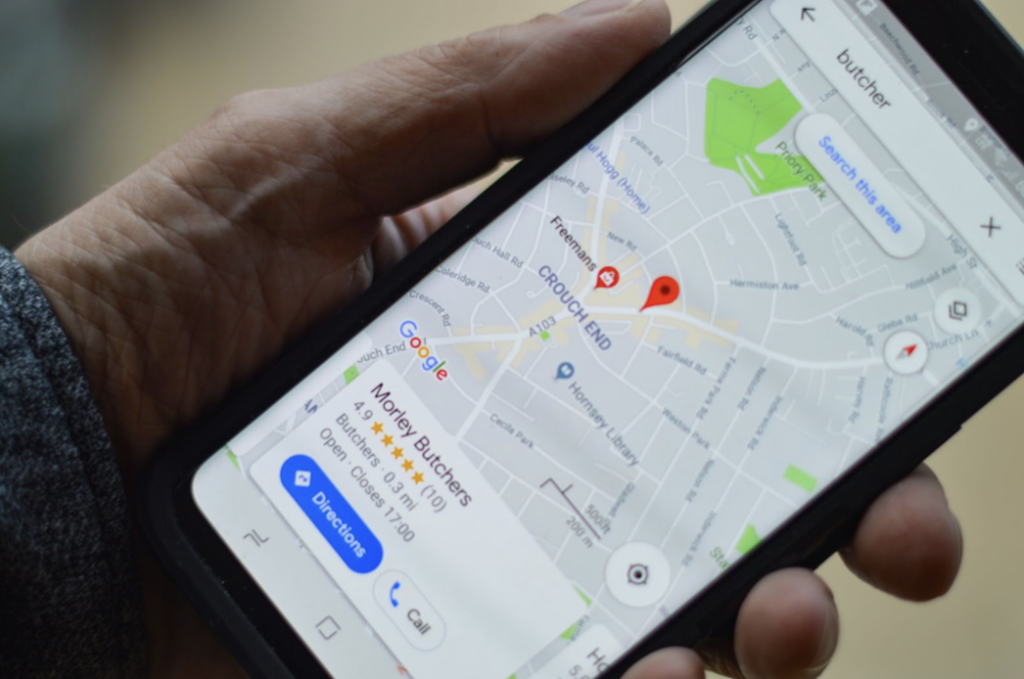When not managed or appropriately planned, tourism can be a very extractive process that comes at the expense of local people and their homes. Often, multinational tourism companies capitalize on popular destinations to the detriment of residents. These destinations are “mined” for labor, culture, land use, and natural features. Extractive tourism, a term coined by academic Vijay Kolinjivadi, contributes to climate change and environmental degradation and commodifies indigenous traditions. Local residents are often priced out of their homes due to the gentrification caused by tourist demand to be catered to.
Sustainable tourism is the first step toward counterbalancing the destruction caused by traditional tourism. The goal here is to make tourism a neutral force in destinations, causing no net harm–but also no net benefit. Regenerative tourism takes a step beyond sustainability; it encompasses the notion that tourism should leave a place better than before, taking a holistic approach to improving the well-being of destinations. Often, regenerative tourism operations offer visitors concrete ways of participating in conservation activities to increase their appreciation of the destination.
What Does Regenerative Tourism Do for the Planet?
Regenerative tourism operations require tourism professionals to brainstorm creative ways to minimize environmental impacts. Nature-based solutions integrate natural processes into the built environment to increase resilience, and are great methods for creating a regenerative tourism framework. These solutions can be big or small, ranging from building submerged structures for coastal wave-breaking and substrate for coral colonization to making plates out of locally-grown bamboo instead of plastic or paper. Nature-based solutions, implemented within a regenerative tourism plan, can help make tourism a force for good in the world. If every tour in a destination contributed to restoring the landscape, the positive change tourists could bring would be enormous!
Regenerative tourism does not only apply to previously damaged ecosystems, however. When starting a new tourism operation, it is essential to consider its possible effects on the environment. Implementing a regenerative plan before damage can even begin helps to ensure that tourism professionals do not create future problems for themselves. Keeping rivers clear, forests green, and beaches clean guarantees that tourists can continue to enjoy a destination for years to come. An unhealthy ecosystem can cause severe damage to a tourism operation’s bottom line; healing the environment as the market grows ensures business can stay booming. After all, you can’t offer snorkel tours if there are no fish to see. Regenerative tourism provides the promise of stability in both the natural and business worlds.
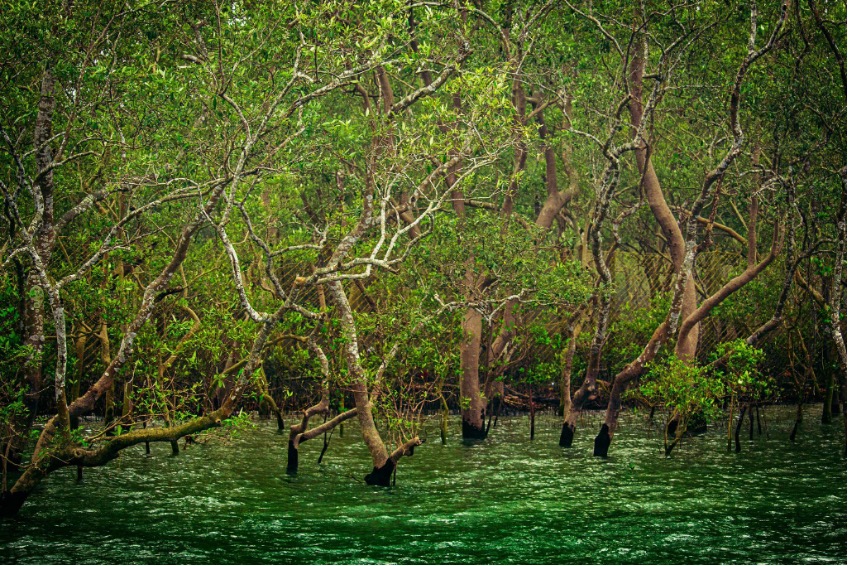
What Does Regenerative Tourism Do for People?
Regenerative tourism is not only focused on the restoration of the natural environment. On the contrary, it is deeply concerned with the experiences of people. First and foremost are the residents of a travel destination. Regenerative operations are either run by or look to partner with local communities. This ensures that tourism dollars flow into the destination, not the pocketbooks of outside investors.
Close relationships with local and indigenous peoples also allow for the concrete preservation of cultural heritage. Native residents can choose how to present their traditions to visitors rather than having foreign companies commodify their way of life. It can even increase local support for tourism!
Many popular destinations have become the victims of “overtourism,” or the congestion of a location by tourists, which locals perceive to have a detrimental effect on their own quality of life. The indigenous of Hawai’i, in particular, have been righteously hostile to tourists for several years, with some factions pushing for a complete halt of visitor traffic. However, a recent study in the Journal of Travel Research suggests that regenerative tourism models make tourism much more palatable for Hawai’i residents, with 96.3% of 463 respondents looking favorably to tourists who would participate in conservation activities.
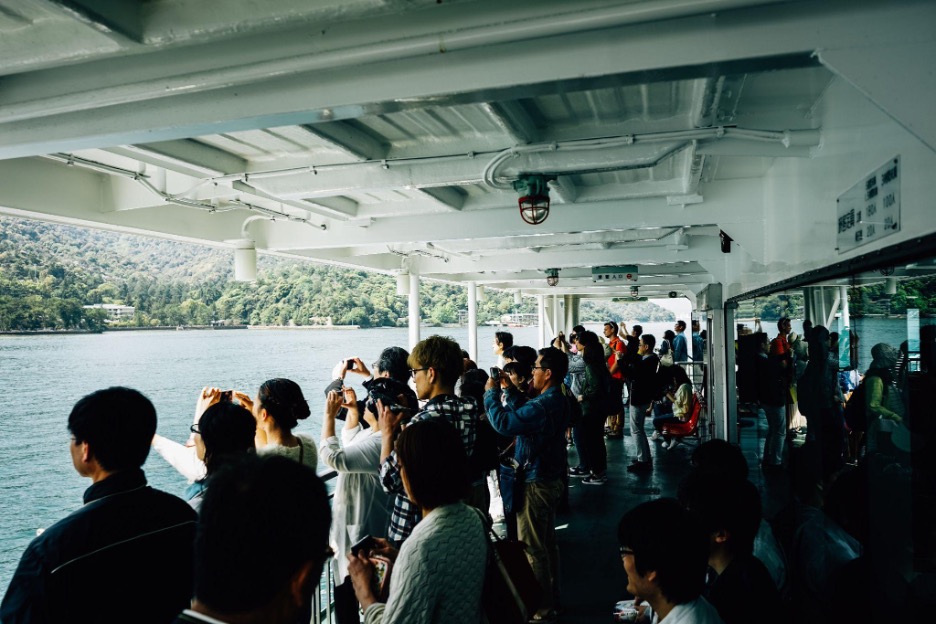
Why Should Travelers Look for These Tourism Opportunities Moving Forward?
Booking a trip from an organization that uses regenerative tourism strategies can contribute to peace of mind, as visitors know that they aren’t promoting the destruction of the ecosystems they want to experience. These tours may not be the most well-known, but that doesn’t mean they offer a lower-quality experience. Many of them are hidden gems that give travelers unique opportunities for interaction that other tours could never provide, with smaller group sizes making for a more personalized adventure.
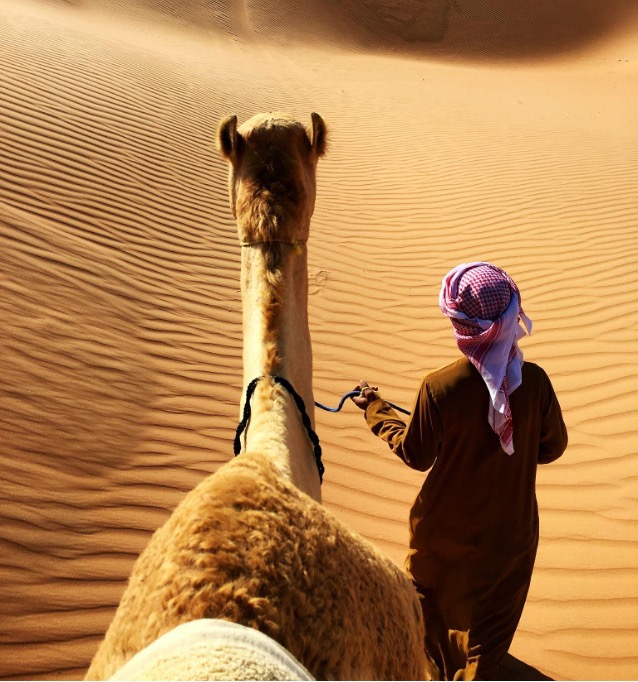
Experiential tourism is the name of the game these days, with travelers wanting to pursue immersion over superficial encounters. Regenerative tourism operations allow visitors to get their hands dirty with activities such as planting native trees, clearing invasive plant species, and removing fishing gear and other plastics from water bodies. Local guides offer in-depth glimpses of the reality of life in these locations. These enterprises seek to create a culture of reciprocity with residents, allowing both sides of the tourism equation to learn from each other. Tourists who participate in these kinds of regenerative pursuits have reported feelings of deep satisfaction and connection with nature and are likely to continue these behaviors upon returning to their homes.

On a more practical note, a 2021 study by Booking.com found that 68% of tourists want to ensure that their money goes to an operation that supports local people and is distributed equitably. On a regenerative trip, visitors can be sure that their money supports the people who live and work at these destinations. Residents are the people who have the power to keep the world’s favorite travel destinations clean, biodiverse, and economically stable while offering an honest look into their cultures. Recreational travel through regenerative tourism helps to support a bright future for the tourism industry on all sides.
To learn more about regenerative tourism and why it is the future of our industry, check out our Director of Conservation & Community Development Chloe King’s white paper about regenerative tourism here. You can also see Solimar’s regenerative tourism projects on our website.
Blog by Annie Combs and Deanna Elliott
